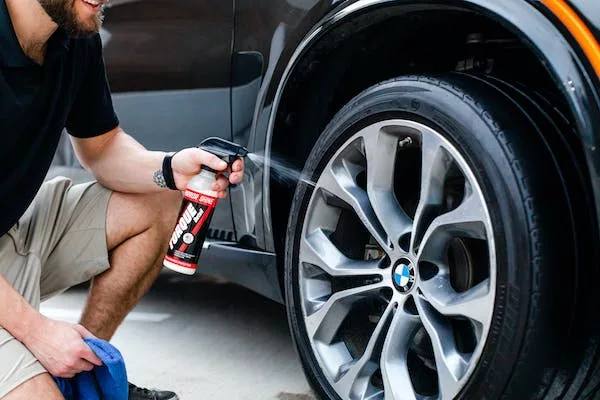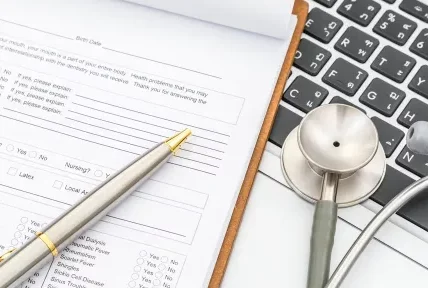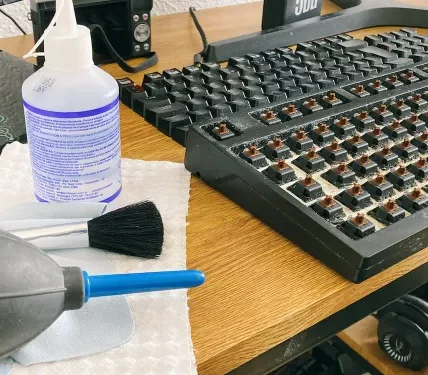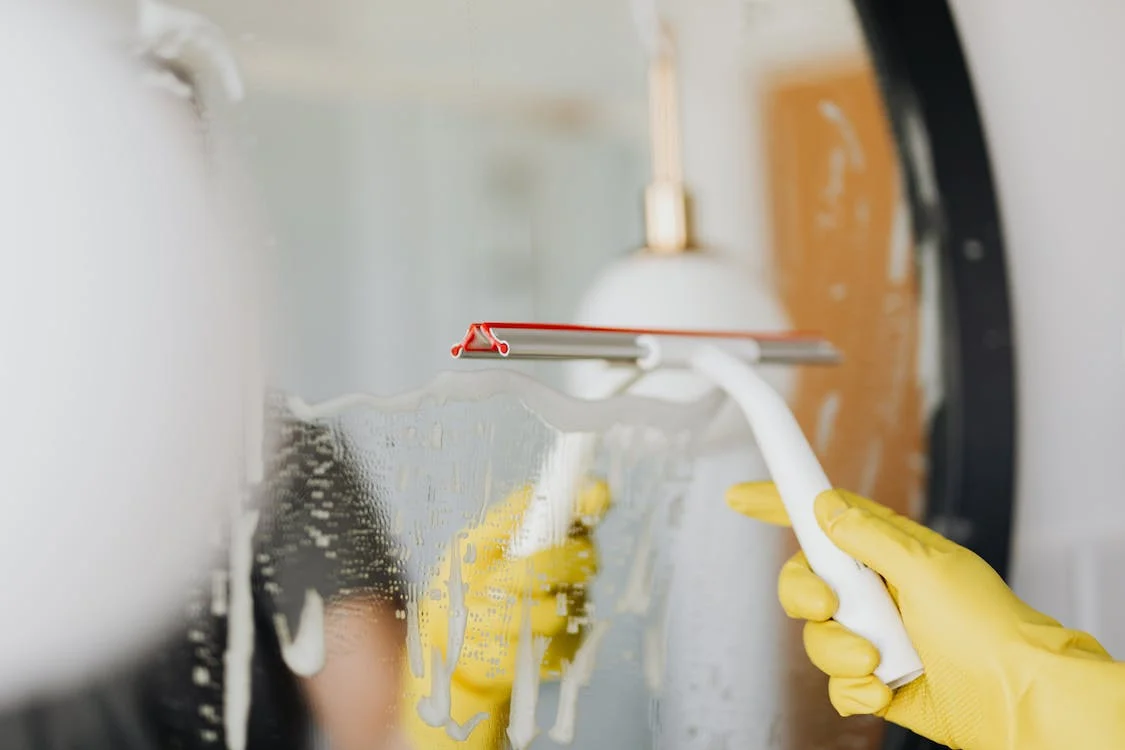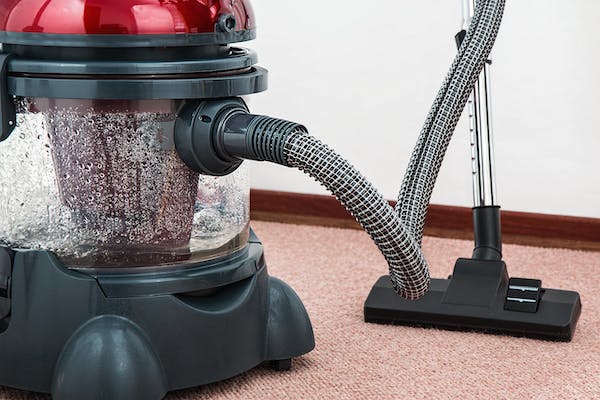In today’s fast-paced world, convenience is key. From ordering food with a single tap on your smartphone to streaming your favorite movies on-demand, we’re all about simplifying our lives. However, one aspect that often gets overlooked in the quest for convenience is car maintenance. Keeping your vehicle in good shape is crucial for safety, reliability, and cost-effectiveness.
Thankfully, there are some fantastic life hacks that can make car maintenance easier and more manageable. In this article, we’ll explore a variety of these hacks, ranging from simple tips to more advanced techniques, to help you simplify your car maintenance routine and keep your vehicle running smoothly.
1. Keep an Organized Maintenance Log
One of the simplest yet most effective life hacks for car maintenance is to keep an organized maintenance log. This log should document all the service and repairs performed on your vehicle, including dates, mileage, and the work done. This information can be invaluable when it comes to tracking your car’s maintenance history, identifying recurring issues, and staying on top of regular maintenance tasks like oil changes, tire rotations, and brake inspections.
With the advent of smartphone apps and digital tools, maintaining a maintenance log has never been easier. There are several apps available that allow you to input and track your car’s maintenance history effortlessly. Some even provide reminders for upcoming maintenance tasks, making it nearly impossible to forget when it’s time for your next oil change or tire rotation.
2. DIY Oil Changes Made Easy
Regular oil changes are essential to keep your car’s engine running smoothly. While many people prefer to leave this task to the professionals, performing a DIY oil change can save you time and money in the long run. Here’s a simplified guide to help you tackle this essential maintenance task:
Gather Supplies:
- Oil filter wrench
- Oil filter
- Oil drain pan
- Funnel
- New oil (refer to your car’s manual for the recommended type and amount)
- Socket wrench set
Steps:
- Safety First: Park your car on a level surface and engage the parking brake. Make sure the engine is cool to avoid burning yourself on hot components.
- Locate the Oil Filter and Drain Plug: Consult your car’s manual to find the location of the oil filter and the oil drain plug. You may need to jack up the car to access them.
- Drain the Old Oil: Position the oil drain pan beneath the drain plug, remove the plug using a socket wrench, and let the old oil drain into the pan.
- Replace the Oil Filter: Use the oil filter wrench to remove the old filter, lubricate the gasket on the new filter with a bit of fresh oil, and screw it on hand-tight.
- Add Fresh Oil: Using a funnel, pour the recommended amount of fresh oil into the engine. Check the dipstick to ensure you’ve added the correct amount.
- Dispose of Old Oil: Take the used oil and filter to a recycling center or an auto parts store for proper disposal.
- Update Your Maintenance Log: Don’t forget to update your maintenance log with the date and mileage of the oil change.
Performing your oil changes can save you money and give you a better understanding of your car’s inner workings. Just make sure to dispose of the used oil and filter responsibly.
3. Use Technology to Your Advantage
Modern technology has made car maintenance more accessible than ever. Here are some ways you can use tech to simplify your car care:
a. Maintenance Reminder Apps:
As mentioned earlier, there are various apps available that can help you keep track of your car’s maintenance schedule. These apps can send you reminders for upcoming service tasks, ensuring you never miss an oil change or tire rotation again.
b. OBD-II Scanners:
Investing in an OBD-II (On-Board Diagnostics) scanner can be a game-changer for DIY car maintenance enthusiasts. These devices plug into your car’s OBD-II port and can diagnose engine issues, read trouble codes, and provide real-time data about your vehicle’s performance. Many OBD-II scanners can connect to your smartphone via Bluetooth, allowing you to access and interpret data easily.
c. Online Tutorials and Forums:
The internet is a treasure trove of information when it comes to car maintenance. Websites and forums like YouTube, Reddit, and dedicated automotive websites host a wealth of DIY tutorials and user experiences. You can find step-by-step videos and guides for various car maintenance tasks, from changing spark plugs to diagnosing and fixing common problems.
d. Car Monitoring Systems:
Some advanced car monitoring systems provide real-time data on your vehicle’s health and performance. These systems can send alerts to your smartphone if they detect any issues, allowing you to address problems proactively before they become major repairs.
4. DIY Tire Maintenance
Tire maintenance is another crucial aspect of caring for your car, and it’s something you can easily do yourself. Properly maintained tires not only improve your vehicle’s performance but also enhance safety and fuel efficiency. Here’s how to simplify your tire maintenance routine:
a. Regularly Check Tire Pressure:
Invest in a reliable tire pressure gauge and check your tire pressure at least once a month. Refer to your car’s manual for the recommended tire pressure, and adjust as needed. Maintaining proper tire pressure not only prolongs tire life but also improves fuel efficiency.
b. Rotate Your Tires:
Tire rotation helps distribute wear evenly, extending the life of your tires. Consult your car’s manual for the recommended tire rotation pattern, and perform this task as recommended.
c. Inspect for Damage:
Regularly inspect your tires for signs of damage, such as punctures, cuts, or bulges. If you notice any issues, address them promptly to avoid potential blowouts or flats.
d. Learn to Patch a Flat:
Knowing how to patch a flat tire can be a lifesaver, especially in emergency situations. Invest in a tire repair kit and familiarize yourself with the process through online tutorials or your car’s manual.
5. Master the Basics of Car Washing and Detailing
Keeping your car clean not only enhances its appearance but also protects the paint and finishes from damage caused by dirt, road salt, and environmental contaminants. Here are some tips to simplify car washing and detailing:
a. Gather Your Supplies:
You’ll need a bucket, car wash soap, microfiber wash mitts or towels, a hose, and a nozzle with adjustable spray settings.
b. Choose the Right Location:
Wash your car in a shaded area, if possible, to prevent soap from drying on the surface before rinsing.
c. Pre-Rinse:
Before applying soap, rinse your car thoroughly to remove loose dirt and debris.
d. Use Two-Bucket Method:
Fill one bucket with soapy water and another with clean water. After scrubbing a section of your car with the soapy water, rinse your mitt or towel in the clean water before dipping it back into the soapy bucket. This prevents dirt from being reintroduced to the cleaning process.
e. Dry Properly:
Use a microfiber towel to dry your car, gently patting the surface to avoid swirl marks.
f. Wax for Protection:
Apply a quality car wax to protect your car’s finish. Waxing can be done a few times a year for optimal results.
g. Interior Care:
Regularly vacuum and clean
your car’s interior to maintain a fresh and comfortable environment. Use specialized interior cleaners for different surfaces like leather, vinyl, and fabric.
By mastering the basics of car washing and detailing, you can keep your vehicle looking great and protect its resale value.
6. Learn Basic DIY Repairs
While some car issues require professional attention, there are several basic DIY repairs you can tackle with the right tools and knowledge. Here are a few examples:
a. Replacing Air Filters:
Replacing your car’s air filter is a straightforward task that can improve engine performance and fuel efficiency. Check your car’s manual for the recommended replacement interval and follow the instructions provided.
b. Changing Spark Plugs:
Worn-out spark plugs can lead to poor fuel efficiency and engine misfires. Learning to change spark plugs is a valuable skill for any car owner. You’ll need a spark plug socket and a ratchet wrench for this job.
c. Replacing Brake Pads:
Replacing brake pads can save you a significant amount of money compared to having a mechanic do it. However, this task requires some mechanical skill and the right tools. Be sure to consult your car’s manual and follow safety precautions.
d. Replacing the Battery:
Replacing a car battery is relatively straightforward, but it’s essential to disconnect the old battery correctly and connect the new one securely. Always consult your car’s manual for specific instructions.
e. Troubleshooting Minor Electrical Issues:
Understanding your car’s electrical system and how to troubleshoot minor issues like blown fuses or malfunctioning lights can save you time and money.
Remember that safety is paramount when performing DIY repairs. If you’re not confident in your abilities, it’s best to consult a professional mechanic.
7. Practice Preventative Maintenance
Preventative maintenance is the key to avoiding costly repairs and keeping your car in excellent condition. Here are some essential preventative maintenance tips:
a. Follow the Manufacturer’s Maintenance Schedule:
Your car’s manufacturer provides a recommended maintenance schedule in the owner’s manual. Following this schedule ensures that your car receives the necessary care at the right intervals.
b. Check Fluid Levels Regularly:
Monitor your car’s fluid levels, including engine oil, transmission fluid, brake fluid, and coolant. Top them off as needed to prevent damage to your vehicle’s components.
c. Inspect Belts and Hoses:
Regularly inspect your car’s belts and hoses for signs of wear or damage. Replace them if you notice cracks, fraying, or leaks.
d. Keep the Cooling System in Good Shape:
Maintaining the cooling system is vital to prevent overheating and engine damage. Check the radiator, hoses, and coolant levels regularly.
e. Check the Brakes:
Listen for any unusual noises or vibrations when braking. If you notice any issues, have your brakes inspected immediately to prevent accidents and further damage.
f. Pay Attention to Warning Lights:
Don’t ignore warning lights on your dashboard. They indicate potential issues that require prompt attention.
g. Maintain the Suspension and Steering:
Regularly inspect and replace worn-out shocks, struts, and steering components to ensure a smooth and safe ride.
h. Keep Your Tires Aligned and Balanced:
Proper tire alignment and balancing improve handling and extend tire life. Have these checked during routine maintenance.
i. Protect Your Paint:
Use a car cover or park in the shade to protect your car’s paint from the sun’s UV rays, which can cause fading and damage.
j. Winter Preparation:
If you live in an area with harsh winters, consider preparing your car for the cold season by checking the battery, antifreeze levels, and the condition of your tires.
By following these preventative maintenance tips, you can avoid many common car problems and ensure your vehicle’s longevity.
8. Know When to Seek Professional Help
While DIY maintenance can save you money and empower you as a car owner, there are times when it’s best to leave the work to the professionals. Here are some situations when you should seek help from a certified mechanic:
a. Complex Repairs:
If you’re facing a complex repair or an issue beyond your skill level, it’s safer and more cost-effective to have a professional diagnose and fix the problem.
b. Safety-Related Repairs:
Issues related to your car’s safety systems, such as brakes, airbags, or steering, should always be addressed by a qualified technician.
c. Warranty Concerns:
If your car is under warranty, performing certain repairs yourself could void the warranty. Consult your manufacturer’s warranty guidelines before attempting DIY repairs.
d. Lack of Tools or Equipment:
Some repairs require specialized tools and equipment that may not be readily available to the average car owner. In such cases, it’s best to rely on a professional mechanic.
e. Time Constraints:
If you don’t have the time or space to perform DIY repairs, or if you rely heavily on your vehicle for daily transportation, it may be more convenient to let a mechanic handle the work.
f. Electrical and Computer Diagnostics:
Modern cars are equipped with complex electrical and computer systems. Diagnosing and repairing issues in these systems often requires specialized knowledge and equipment.
Remember that safety should always be your top priority. If you’re unsure about a repair or maintenance task, don’t hesitate to consult a professional mechanic for guidance.
9. Embrace a Car Care Routine
Establishing a regular car care routine can simplify maintenance and ensure that your vehicle remains in top condition. Here’s a suggested routine to follow:
Weekly:
- Check tire pressure and adjust as needed.
- Inspect your car for any visible damage or issues.
Monthly:
- Check fluid levels, including engine oil, transmission fluid, brake fluid, and coolant.
- Inspect belts and hoses for wear and damage.
- Test all lights and replace any burnt-out bulbs.
Every 3 Months (or as recommended in your owner’s manual):
- Change the engine oil and oil filter.
- Inspect and clean the battery terminals.
- Check the condition of air filters.
Every 6 Months (or as recommended in your owner’s manual):
- Rotate the tires.
- Inspect and clean the brakes.
- Check and replace cabin air filters if necessary.
Annually (or as recommended in your owner’s manual):
- Have your car’s alignment and suspension checked.
- Inspect the exhaust system for leaks.
- Check and replace the timing belt if your car is equipped with one.
- Have the cooling system and hoses inspected.
By following this routine, you’ll stay on top of maintenance tasks and ensure that your car remains reliable and safe.
10. Invest in Quality Tools
Having the right tools can make all the difference when it comes to car maintenance. While you don’t need a fully equipped professional garage, investing in some quality tools can simplify your DIY efforts. Here are some essential tools to consider:
a. Socket Set:
A good socket set with various socket sizes and attachments is indispensable for a wide range of tasks.
b. Jack and Jack Stands:
These are essential for lifting your car safely when working on tasks like tire changes or oil changes.
c. Wrench Set:
A set of wrenches, both open-end and box-end, will help you tackle various bolts and nuts on your car.
d. Screwdrivers:
A set of quality screwdrivers with different tips and lengths is a must for interior and exterior repairs.
e. Pliers:
Pliers come in handy for gripping, bending, and cutting. A set with various types will cover most needs.
f. Torque Wrench:
A torque wrench ensures that you tighten bolts and nuts to the manufacturer’s specifications, preventing over-tightening or under-tightening.
g. Car Jack and Lug Wrench:
In addition to a hydraulic jack, having a lug wrench for changing tires is essential.
h. Oil Filter Wrench:
This specialized tool makes it easier to remove and replace oil filters.
i. Funnel:
A funnel helps you pour fluids into your car’s engine and other components without spilling.
j. Work Gloves and Safety Gear:
Safety gear such as gloves, safety glasses, and hearing protection should never be overlooked.
While you can accumulate tools gradually, having these essentials in your toolbox will set you up for successful DIY car maintenance.
Conclusion
Car maintenance doesn’t have to be a daunting or expensive task. By incorporating these awesome life hacks into your routine, you can simplify the process and ensure that your vehicle remains in excellent condition. From keeping an organized maintenance log to mastering basic DIY repairs, using technology to your advantage, and embracing preventative maintenance, these strategies will empower you as a car owner and save you time and money in the long run.
Remember that safety always comes first, and when in doubt, seek professional help. With the right knowledge and tools, you can take control of your car’s maintenance and enjoy a safer, more reliable, and cost-effective driving experience.

